|
I am a research scientist at the University of Cambridge, working in Causal Generative AI for cell and tissue engineering. I did my PhD in string theory at the University of California, Los Angeles under Per Kraus. |

|
|
Peter W. Higgs was a physical mathematician famous for using mathematical theories to predict the existence of a hitherto unknown particle called the Higgs particle, and popularly referred to as the god particle.
|
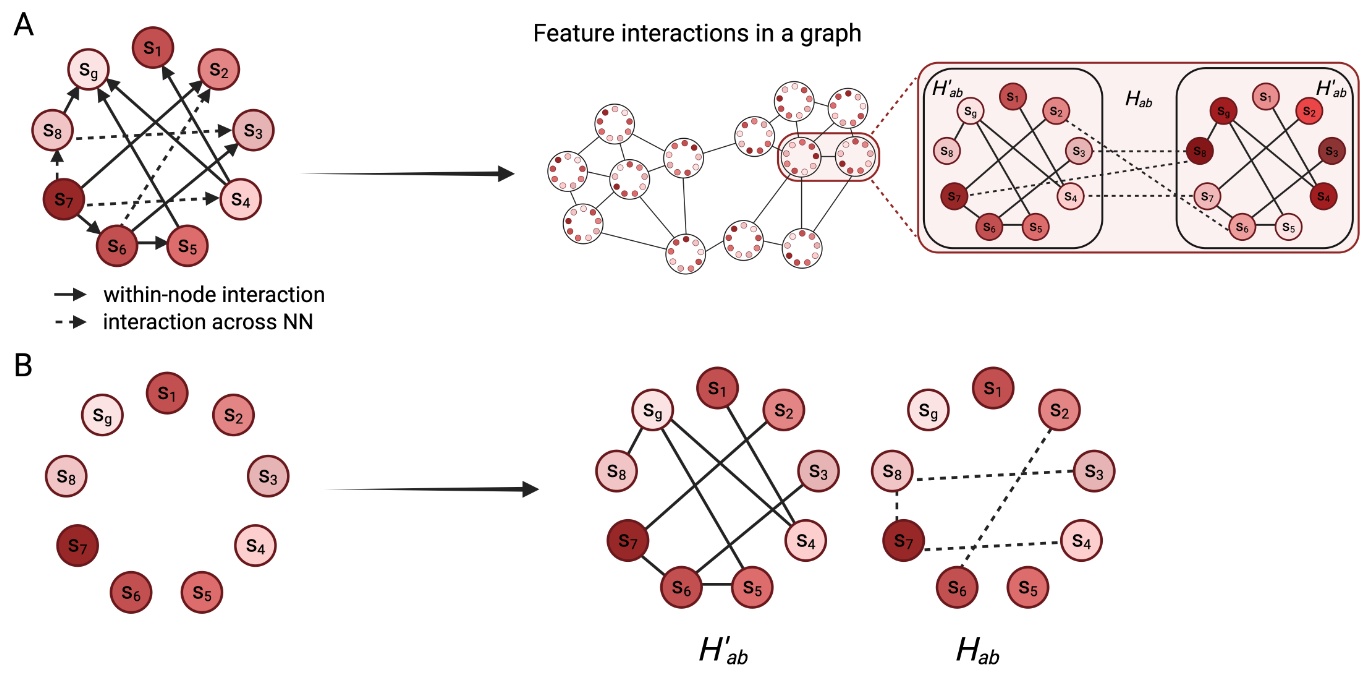
|
Stathis Megas, Daniel G. Chen, Krzysztof Polanski, Moshe Eliasof, Carola-Bibiane Schonlieb, Sarah A. Teichmann arXiv, Machine Learning (cs.LG), 2024 |
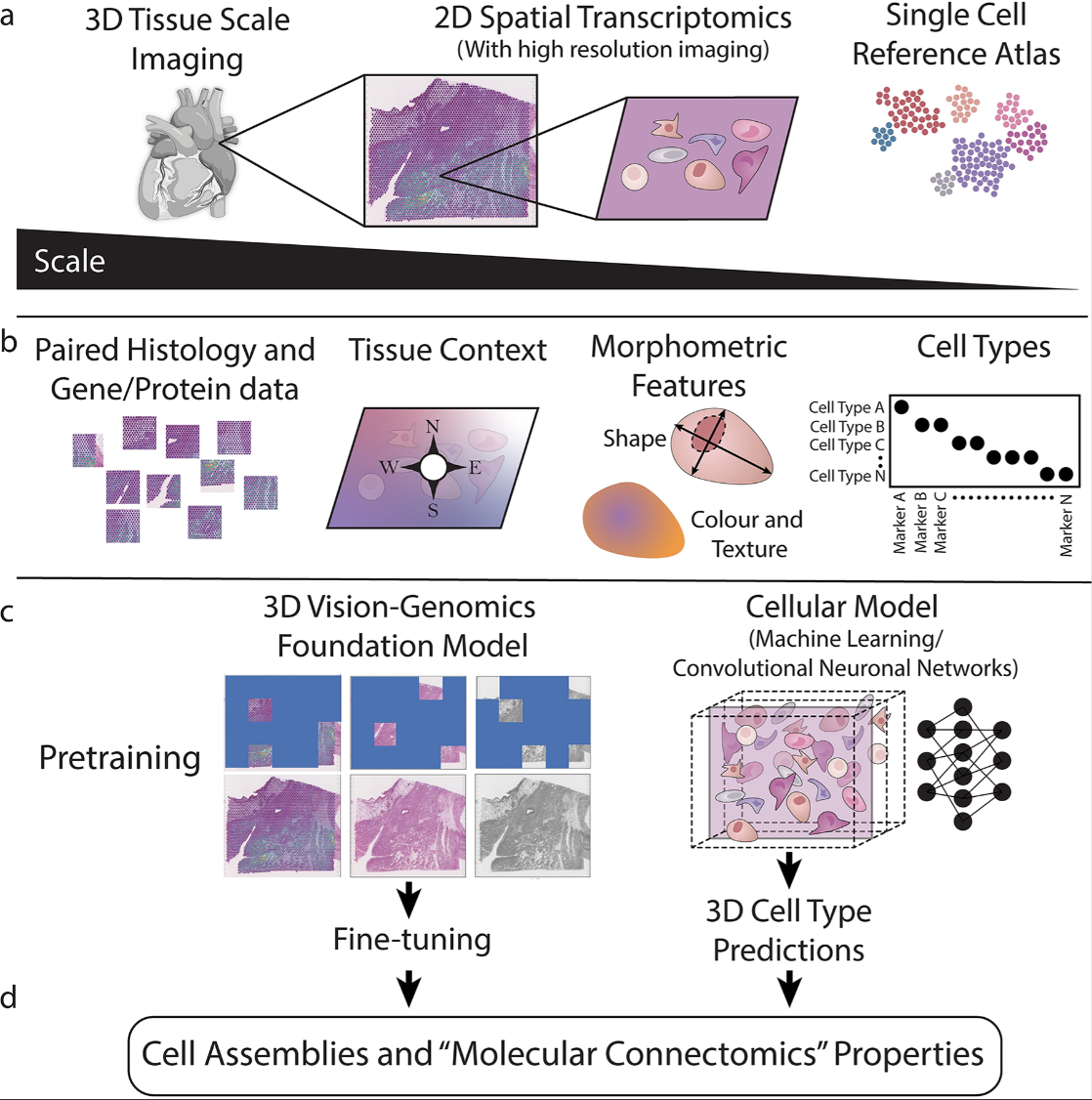
|
Stathis Megas, Nadav Yayon, Kerstin B. Meyer, Sarah A. Teichmann PLOS Biology, 2024 |
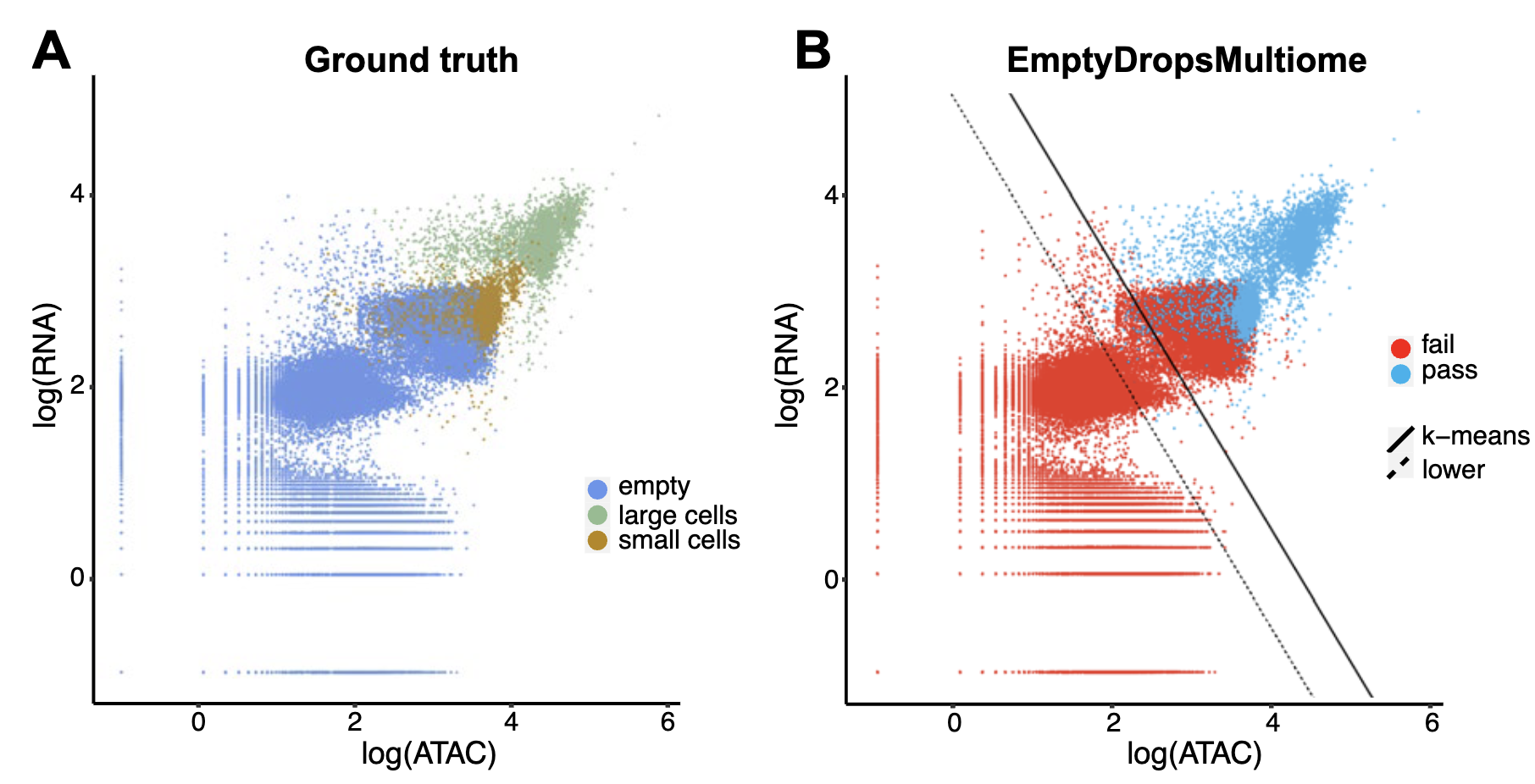
|
Stathis Megas, Valentina Lorenzi, John C. Marioni Genome Biology, 2024 |

|
John Gardiner, Stathis Megas Journal of High Energy Physics, 2021 (52) |

|
Per Kraus, Stathis Megas, Allic Sivaramakrishnan Journal of High Energy Physics, 2020 (149) |
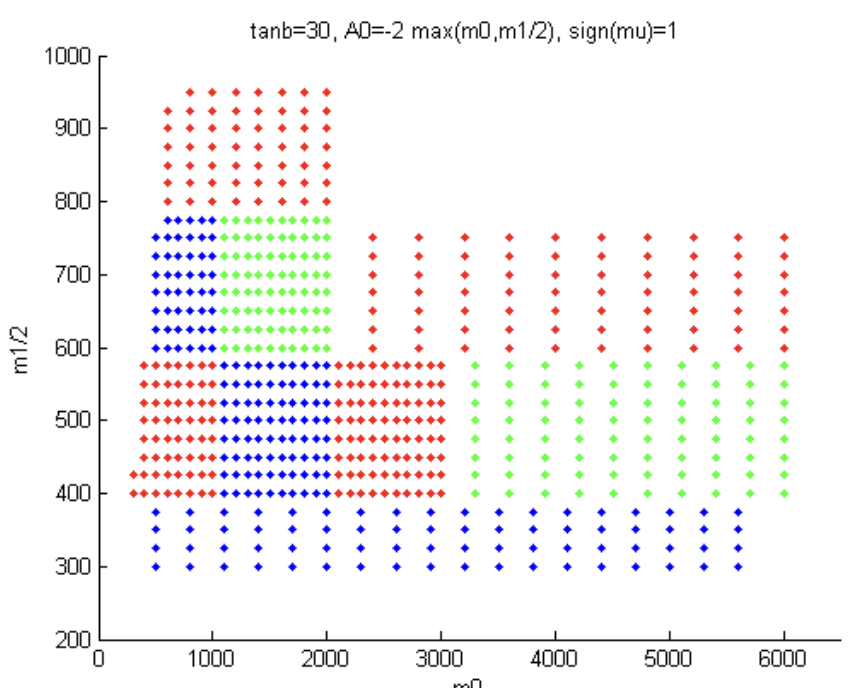
|
Stathis Megas CMS twiki, 2014 |
|
I am passionate about giving talks about my work and making scientific knowledge broadly accessbile. |

|
Stathis Megas Frontier Genomics, Multiomics Webinar, 2024 |
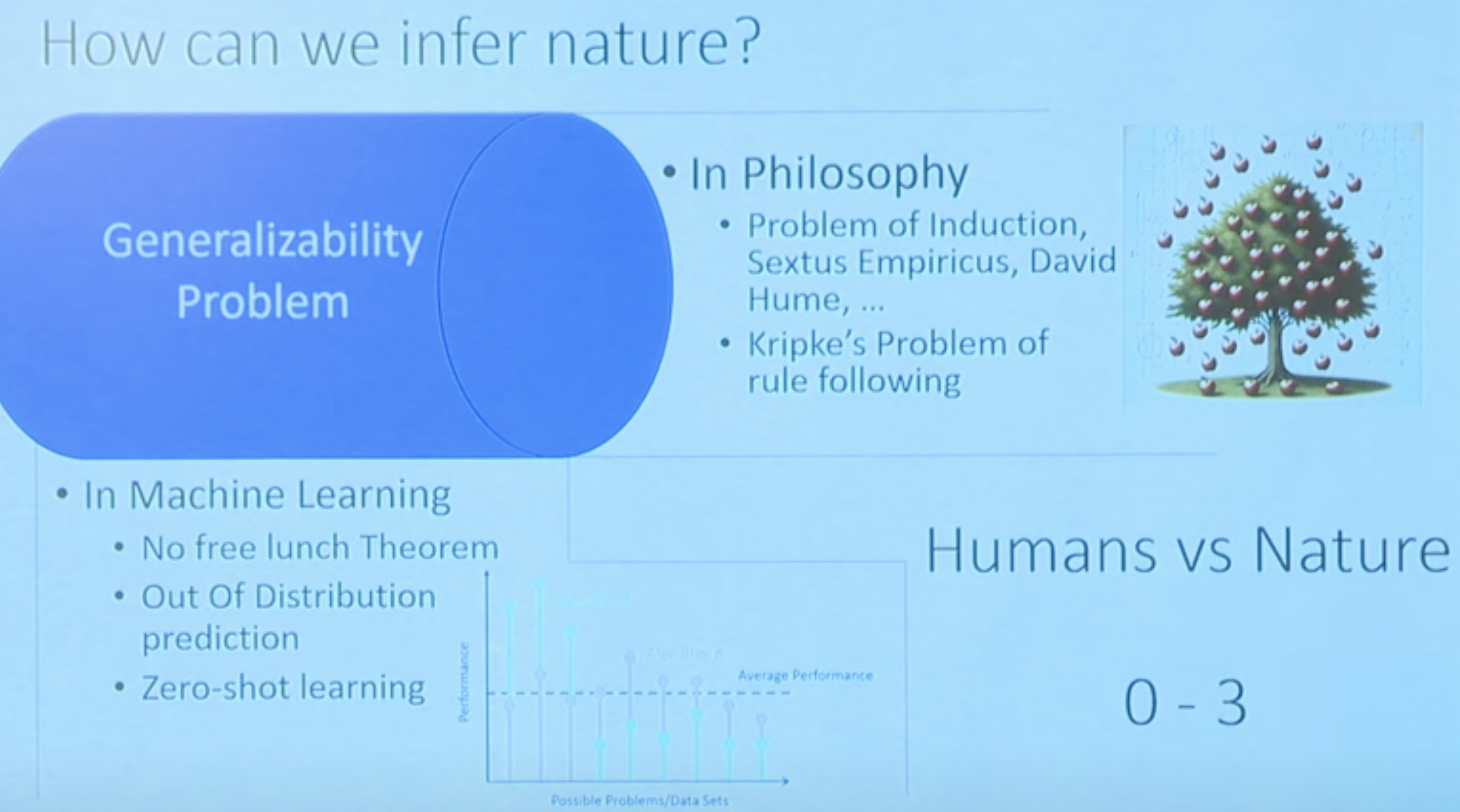
|
Stathis Megas Yale University, Inference Workshop, 2024 |
|
|